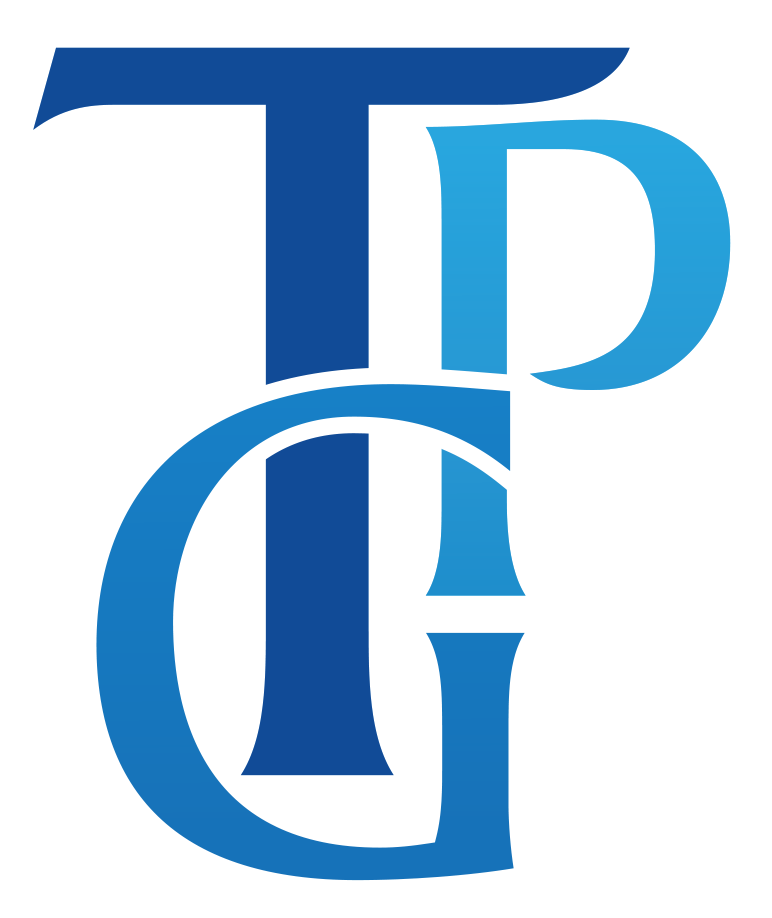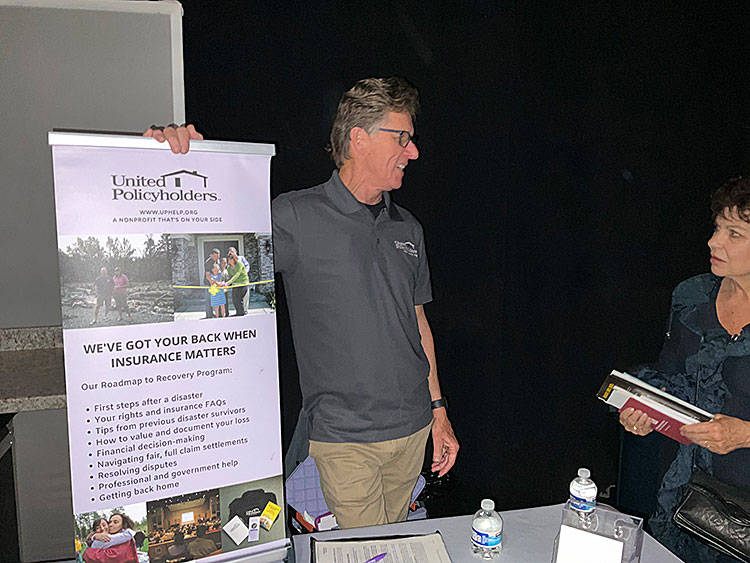By Jondi Gumz
I attended the May 15 workshop in Scotts Valley on home insurance, hoping I could find a way to lower my State Farm premium, which has jumped from $1,000 a year before the CZU wildfire in Boulder Creek to $3,290 a year.
Scotts Valley, a small city of 12,000 with the fire station 1.6 miles away, seemed safe until Cassidy Insurance Agency put up a map on the screen showing the city as a gray splotch surrounded by mustard color indicating high risk and a bit of yellow indicate moderate risk. All along Highway 9: Red for very high risk.
It was standing room only at the Scotts Valley Performing Arts Center, with all of the 264 seats filled.
When the audience was asked, “Is your policy not being renewed?” at least half the hands went up.
When State Farm decided not to renew policies in California after multiple wildfire payouts, that left 72,000 homeowners in limbo.
About 4,300 are in Santa Cruz County.
Sayavong mentioned the “wildfire risk score,” which was new information.
I checked my bill and found the score in small print near the back: 33.9%.
Wondering what that’s based on, I called to find out.
I was hoping my husband and I would get credit for our investment in dual-pane windows ($15,000) and removing a 100-feet Ponderosa pine ($10,000).
Alese Greene, a State Farm agent for 17 years, told me those actions are not considered mitigations that could bring a discount.
What’s required is a roof that is asphalt composition, tile, metal, or concrete.
Siding must be 100% noncombustible: Stucco, metal, fiber concrete, brick, concrete or stone.
There must be clearance around the property – no continuous plantings like we have, only small patches of flowers.
Shrubs and trees must be 10 feet apart.
If you’ve ever driven on Whispering Pines Drive, you can see this is not how homes were built in 1974.
I can touch the pine tree from my (wood!) deck — no clearance there.
Greene said getting your neighborhood certified as “FireWise,” a program of the National Fire Protection Association, makes you eligible for a discount.
How much?
One homeowner who commented on NFPA.org said the discount was $8, far less than what was spent to make the property safer.
Another commenter said point of FireWise is not necessarily discounts but working cooperatively with neighbors to make the neighborhood safer from wildfire risk.
Sally Mack, a FireWise coach in the Santa Cruz Mountains, encouraged attendees to look into FireWise.
She said there are 744 certified FireWise neighborhoods in the state and 56 in Santa Cruz County, investing $11 million and 112,466 hours in safety improvements.
On her road, which has 27 homes, neighbors created a phone tree, shared tools such as a chain saw and a chipper, and did a risk assessment, “ideally with the input of the fire department,” she said, and wrote a 3-year action plan.
Andrew Clark is CalFire’s defensible space inspector in this area.
He showed a photo of a firefighter in the dark, surround by glowing embers.
Those embers, carried on the wind, can easily start a fire.
For your home to be defensible by firefighters, CalFire wants five feet of space between your house and the rest of the property — “Zone Zero,” the “no burn zone.”
•••
To request a defensible space inspection, see www.fire.ca.gov/dspace
To view the Scotts Valley home insurance workshop, go to: https://scottsvalley.gov/CivicAlerts.aspx?AID=236
•••
TOP PHOTO: Joel Laucher, former chief deputy insurance commissioner, is now an advocate with the nonprofit United Policyholders.

